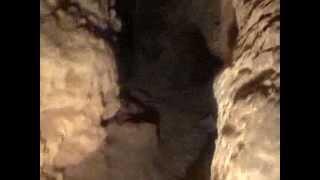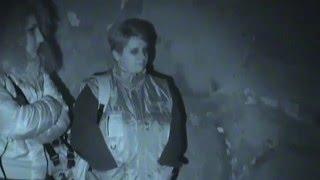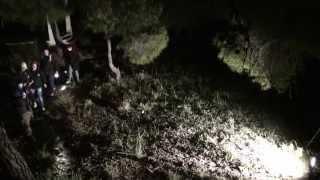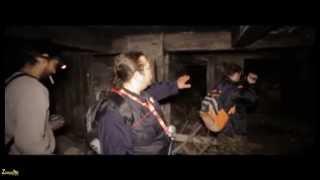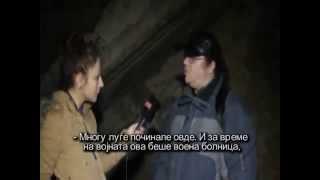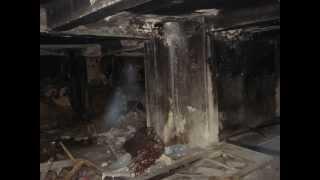The Chelyabinsk meteor was a superbolide caused by a near-Earth asteroid that entered Earth's atmosphere over Russia on 15 February 2013 at about 09:20 YEKT (03:20 UTC), with a speed of 19.16 ± 0.15 kilometres per second (60,000–69,000 km/h or 40,000–42,900 mph). It quickly became a brilliant superbolide meteor over the southern Ural region. The light from the meteor was brighter than the Sun, even at 100 km distance. It was observed over a wide area of the region and in neighbouring republics. Some eyewitnesses also felt intense heat from the fireball. On account of its high velocity and shallow angle of atmospheric entry, the object exploded in an air burst over Chelyabinsk Oblast, at a height of around 29.7 km (18.4 miles, 97,400 feet). The explosion generated a bright flash, producing a hot cloud of dust and gas that penetrated to 26.2 km, and many surviving small fragmentary meteorites, as well as a large shock wave. The bulk of the object's energy was absorbed by the atmosphere, with a total kinetic energy before atmospheric impact equivalent to approximately 500 kilotons of TNT (about 1.8 PJ), 20–30 times more energy than was released from the atomic bomb detonated at Hiroshima. The object was undetected before its atmospheric entry, in part because its radiant was close to the Sun. Its explosion created panic among local residents, and about 1,500 people were injured seriously enough to seek medical treatment. All of the injuries were due to indirect effects rather than the meteor itself, mainly from broken glass from windows that were blown in when the shock wave arrived, minutes after the superbolide's flash. Some 7,200 buildings in six cities across the region were damaged by the explosion's shock wave, and authorities scrambled to help repair the structures in sub-zero (°C) temperatures. With an estimated initial mass of about 12,000–13,000 metric tonnes (13,000–14,000 short tons, heavier than the Eiffel Tower), and measuring about 20 metres in diameter, it is the largest known natural object to have entered Earth's atmosphere since the 1908 Tunguska event, which destroyed a wide, remote, forested area of Siberia. The Chelyabinsk meteor is also the only meteor confirmed to have resulted in a large number of injuries. The earlier-predicted close approach of another, larger asteroid that same day, the roughly 30-metre 367943 Duende (at the time still known by its provisional designation 2012 DA14) occurred about 16 hours later; the very different orbits of the two objects showed they were unrelated to each other.
—————————————————————————————————————
"Copyright Disclaimer Under Section 107 of the Copyright Act 1976, allowance is made for "fair use" for purposes such as criticism, comment, news reporting, teaching, scholarship, and research. Fair use is a use permitted by copyright statute that might otherwise be infringing. Non-profit, educational or personal use tips the balance in favor of fair use." ⒻⓊ
—————————————————————————————————————
"Copyright Disclaimer Under Section 107 of the Copyright Act 1976, allowance is made for "fair use" for purposes such as criticism, comment, news reporting, teaching, scholarship, and research. Fair use is a use permitted by copyright statute that might otherwise be infringing. Non-profit, educational or personal use tips the balance in favor of fair use." ⒻⓊ
Sign in or sign up to post comments.
Be the first to comment





